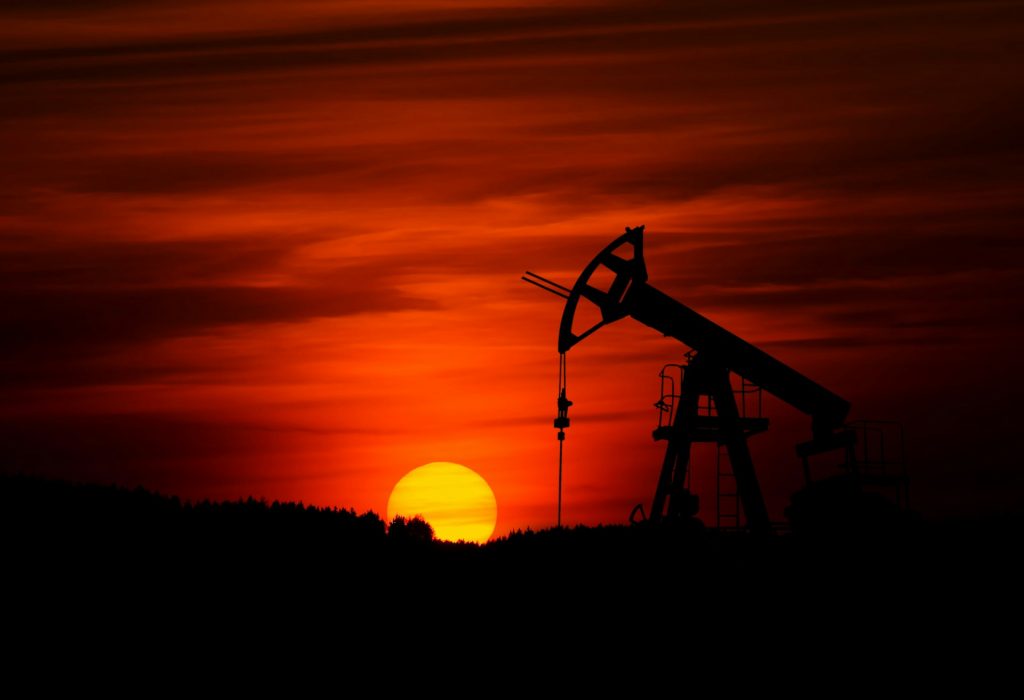Heating oil buyers are facing slightly higher costs this morning, with prices rising by up to 0.75 cents or centimes per litre. The increase is largely driven by limited crude oil exports from Kazakhstan and Iraq, as well as new U.S. sanctions imposed on Iran.
The euro has climbed to $1.12, continuing a strong upward trend. Meanwhile, oil prices opened significantly higher compared to the previous day but have since dipped slightly. Brent and WTI crude reached $66 and $63 per barrel respectively, while ICE gasoil rose to $627 per tonne.
Initially, the upward pressure on oil prices following a brief easing in trade tensions between the U.S. and China was held back by the OPEC+ group’s planned increases in production quotas. However, OPEC+ did not fully meet its April output targets. This has led to doubts in the oil market about whether the anticipated quota hikes for May and June can realistically be achieved.
These doubts intensified yesterday after reports from Kazakhstan and Iraq. Both countries have consistently exceeded their agreed production limits. In May, Kazakhstan is expected to export only 1.5 million barrels per day (bpd) of crude oil—down from 1.6 million bpd in April—due to maintenance on the CPC pipeline. Iraq, according to a government source, plans to cut exports to 3.2 million bpd in May and June. This is a reduction from 3.42 million bpd in March and 3.3 million bpd in April. As a result, there’s a possibility that overall exports from the oil-producing alliance may fall in the coming months, despite earlier plans for increases.
At the same time, U.S. President Donald Trump is continuing to take economically strategic steps in the Middle East. The U.S. has imposed sanctions on 20 additional companies, many of which are involved in facilitating Iran’s oil exports to China. China currently imports around 90% of Iran’s oil shipments. In March, Iran exported 1.8 million barrels to China. Analysts are still uncertain whether the new sanctions will have a significant and lasting impact on Iran’s export levels.
In a separate development, Trump has reached an agreement with Saudi Arabia, in which the Gulf kingdom will invest $600 billion in the U.S. over the coming years. In return, the U.S. is expected to re-establish diplomatic ties with Syria and lift sanctions against the country. Prior to the outbreak of the civil war in 2011, Syria was producing around 400,000 bpd of crude oil. However, most of Syria’s oil fields are now under Kurdish control, making a quick return of this supply to the global market unlikely.
Despite heating oil prices remaining low when viewed over the past three years, one year, or even three months, demand has dropped sharply. This morning, only around 75% of the usual seasonal orders were placed, even though tanks are on average just half full. Nonetheless, overall interest in heating oil remains high—around four and a half times the typical seasonal level.
In Austria, heating oil prices have remained steady compared to the previous day. In contrast, prices in Switzerland rose by an average of 0.4 centimes, and in Germany by 0.75 cents per litre.
For those with an immediate need for heating oil, the decision to wait for a potential short-term drop in prices should be considered carefully. There are signs of unexpected declines in U.S. distillate inventories, which could push prices even higher later today. At present, no clear short-term factors are visible that might exert downward pressure on prices. It also remains uncertain whether the current annual low price level will be reached again. In the medium term, prices could rise further if OPEC+ manages to increase its actual production.
